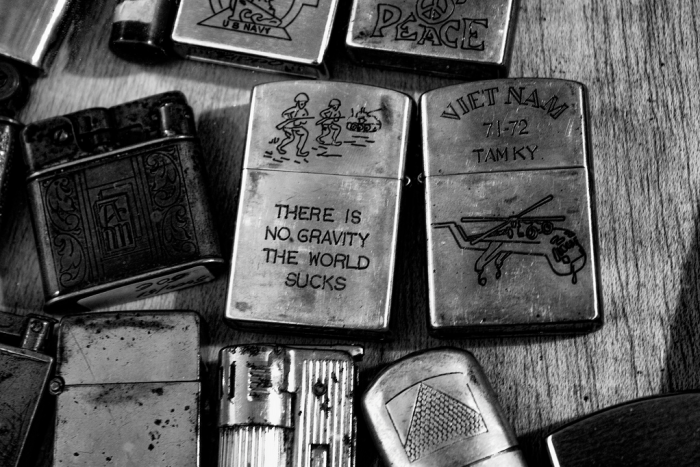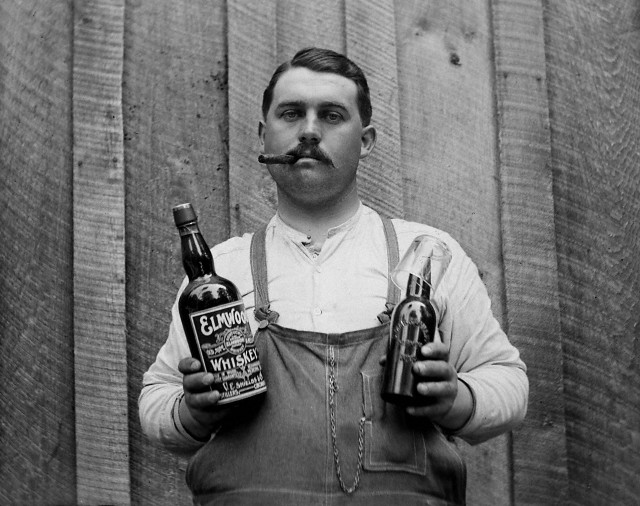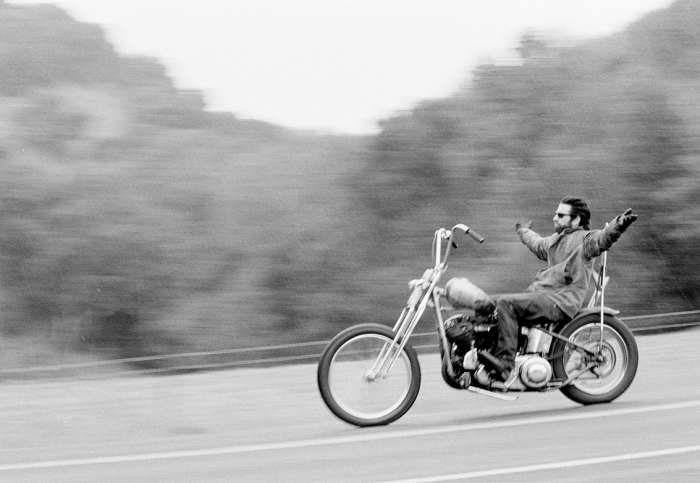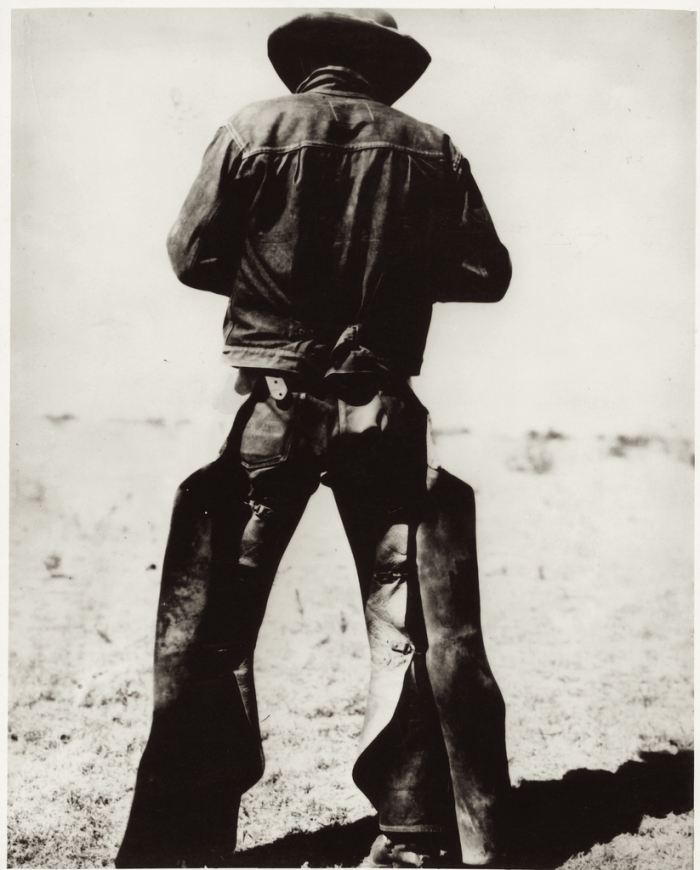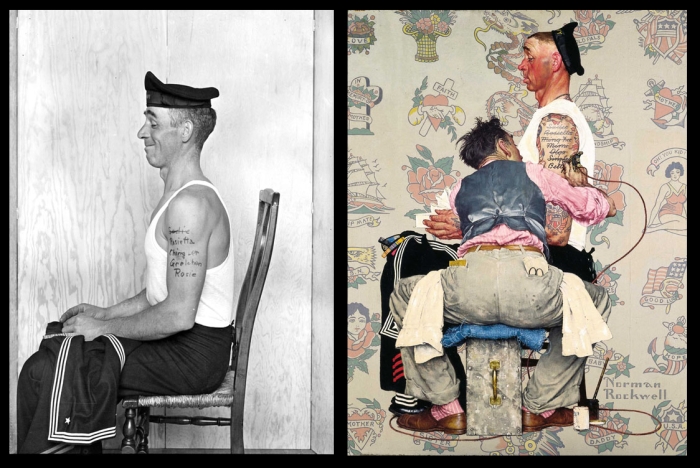*
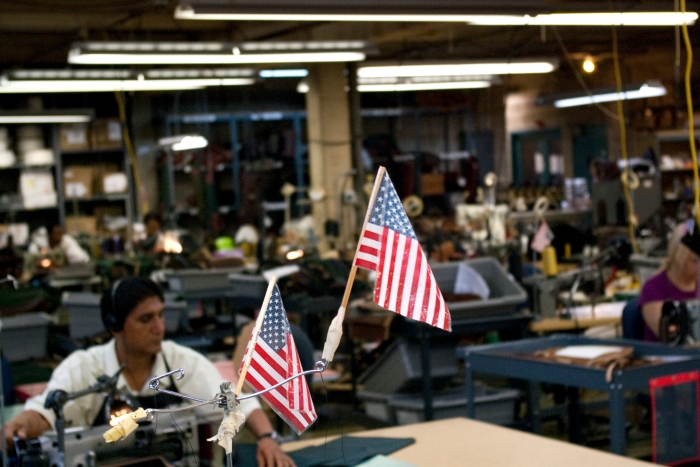
*
From the desk of Contributing Editor, Eli M. Getson–
The term “luxury brand” gets thrown around a lot today, and as someone in the branding business, I can attest that every brand secretly covets this moniker as a way to charge more for products and services around the world and dupe the masses into even more consumption. Yet, somewhere along the way, I think we lost sight of what true luxury is and we bought into a lot of superficial hype about what constitutes luxury.
In the last few years, when ostentatious displays of wealth became a sorry substitute for understated class, it became harder and harder to sift through all the junk. A luxury in its purest form, so the thought goes, is not a necessity; it just makes life more fun to live and delights you in small ways. I think I derive pleasure from certain things because I like that they are well made, have a story behind them, and most importantly are not out there for mass consumption– I get a small thrill knowing that not everyone has it. You can call it small batch, artisanal, or limited edition– all would apply.
I like the term “Heirloom Brand” — the idea that true luxury is something you can pass on to the next generation and have it be as relevant as when it was first purchased. With that in mind, I recently interviewed Jen Guarino, one of the principals of the bag maker J.W. Hulme, a 105 year old institution in St. Paul, Minnesota where they have forgotten more about the making of the best quality canvas and leather bags then most of us will ever know.
*

The J.W. Hulme Classic Oxford Field Messenger (washed)
*
I’m curious about something, why with a rough economy and a consumer who rationalizes every penny, why would you get into this business?
Yeah, I know, you can start any kind of business but when my partner and I found JW Hulme it was so solid, so real, so true– it was just the right fit. When we first saw the factory we were stunned by the level of skill these artisans have– you just can’t find this type of history or knowledge in people anymore. We recognized this as a huge asset and bought it in 2003. Prior to that JW Hulme was a 100 year old manufacturing company sitting on its heritage– dating back to WWI. We just recognized a diamond in the rough.
Incredible, so you’re saying this company that makes some of the finest bags in the world was just sitting up in St. Paul and no one knew about it?
The history of the brand, I guess like all great American brands, was that of a manufacturer. The Hulme Brothers started their business making tents for the War department during WWI and WWII. After the Second World War ended, they made awnings for Minneapolis society and began to make gear bags for Minnesota sportsmen. The company really served as a manufacturer for brands like Orvis and Gokey. We had all the craftsmanship under our roof, we just chose to celebrate it as uniquely our own.
*
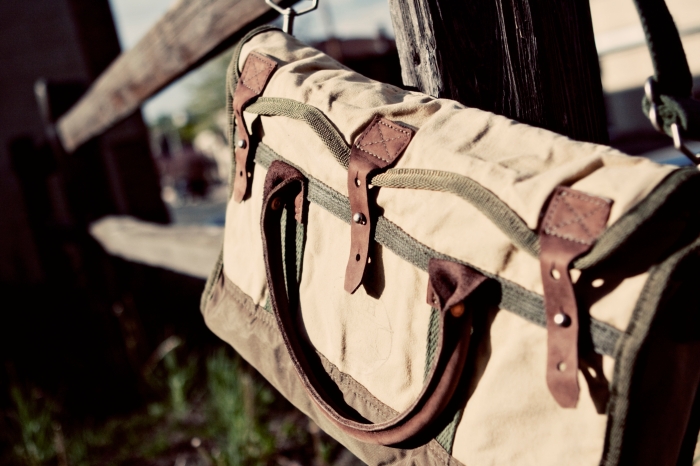
The J.W. Hulme Classic Field Oxford Briefcase (washed)
*
Continue reading →
